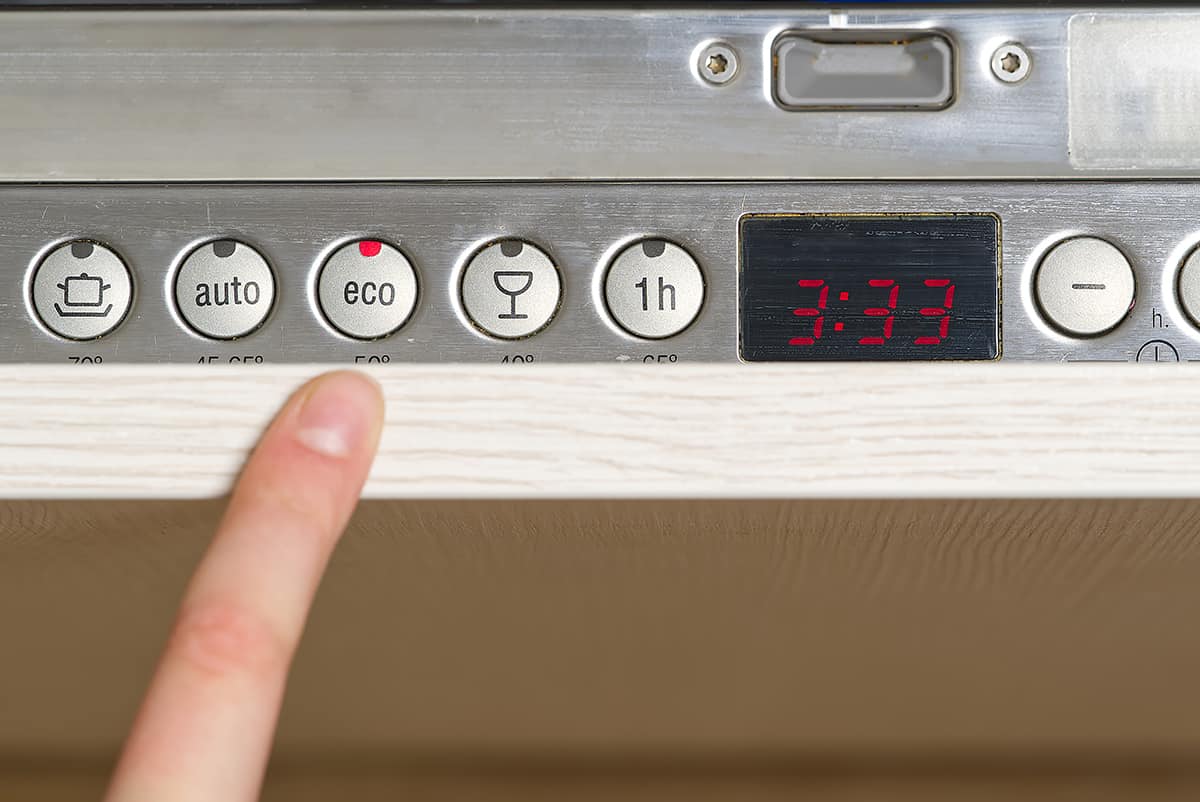

Articles
How To Stop Dishwasher
Modified: January 18, 2024
Discover effective strategies and tips in our comprehensive articles on how to stop dishwasher issues.
(Many of the links in this article redirect to a specific reviewed product. Your purchase of these products through affiliate links helps to generate commission for Storables.com, at no extra cost. Learn more)
Introduction
Welcome to our comprehensive guide on how to stop your dishwasher from malfunctioning. Dishwashers are an essential appliance in modern kitchens, providing convenience and efficiency in cleaning dishes and utensils. However, like any other machine, dishwashers can encounter issues that hinder their performance.
In this article, we will explore common problems that can arise with a dishwasher and provide step-by-step instructions on how to troubleshoot and resolve these issues. From power supply concerns to control panel malfunctions, door latch problems, filter cleaning, spray arm inspection, drainage system examination, and how to reset your dishwasher, we’ve got you covered.
Whether you’re dealing with a dishwasher that won’t start, isn’t cleaning dishes properly, or is making strange noises, our guide will help you identify and address the issue. It’s important to note that while the solutions provided in this article are suitable for most dishwashers, it’s always a good idea to consult your appliance’s user manual for model-specific instructions.
By following the troubleshooting steps outlined in this guide, you can save time and money by resolving common dishwasher issues on your own. However, if you encounter a problem that requires professional assistance, we’ll also discuss when it’s appropriate to contact a technician.
So, let’s dive in and learn how to stop your dishwasher from causing any more headaches!
Key Takeaways:
- Troubleshoot common dishwasher issues like power supply, control panel malfunctions, and drainage problems with step-by-step instructions. Save time and money by resolving issues on your own.
- When in doubt, seek professional assistance to diagnose and repair complex dishwasher problems. Ensure safety, warranty protection, and optimal performance with the expertise of a professional technician.
Common Issues
Before we delve into the specific troubleshooting steps, let’s take a look at some common issues that can occur with dishwashers:
- Dishwasher not turning on: This can be caused by several factors, including a power supply problem, a faulty door latch, or a malfunctioning control panel.
- Inadequate cleaning performance: If your dishwasher is not cleaning dishes effectively, it could be due to clogged spray arms, a blocked filter, or a malfunctioning pump.
- Strange noises: Unusual noises during the dishwasher cycle can be a sign of a malfunctioning pump, worn-out motor bearings, or loose components.
- Leaking: If you notice water leaking from your dishwasher, it may be due to a faulty door seal, a damaged hose, or a malfunctioning water inlet valve.
- Foul odor: Lingering odors inside the dishwasher can be caused by food debris trapped in the filter, a clogged drain hose, or a buildup of bacteria and mold.
These are just a few examples of the issues you may encounter with your dishwasher. Now, let’s move on to the troubleshooting steps to help you resolve these problems and get your dishwasher back in working order.
Checking the Power Supply
One of the first steps in troubleshooting a dishwasher that won’t turn on is to check the power supply. Here’s what you can do:
- Ensure the dishwasher is plugged in: It may seem obvious, but double-check that the dishwasher is properly plugged into a working electrical outlet. Sometimes, the plug can get dislodged or disconnected accidentally.
- Check the circuit breaker: If the dishwasher is plugged in but still not turning on, go to your electrical panel and check if the circuit breaker for the dishwasher has tripped. Reset it if necessary.
- Test the outlet: If the dishwasher still doesn’t turn on, plug a different device into the outlet to verify if it’s receiving power. If the outlet is not working, you may need to contact an electrician to fix it.
- Inspect the power cord: Examine the power cord for any visible damage, such as fraying or cuts. If you find any issues, it’s best to replace the power cord to ensure safety.
If you’ve checked the power supply and the dishwasher still won’t turn on, it’s time to move on to the next troubleshooting step.
Inspecting the Control Panel
If your dishwasher is not responding to commands or displaying error codes, the control panel may be the culprit. Here are the steps to inspect and troubleshoot the control panel:
- Check for visible damage: Examine the control panel for any signs of visible damage, such as cracks or broken buttons. If you notice any damage, it may be necessary to replace the control panel.
- Reset the control panel: Sometimes, the control panel may freeze or encounter a glitch. Try resetting it by turning off the dishwasher, unplugging it from the power source, waiting for a few minutes, and then plugging it back in. This can often resolve temporary control panel issues.
- Perform a control panel reset: Refer to your dishwasher’s user manual for instructions on how to perform a control panel reset. This process can vary depending on the make and model of your dishwasher. By performing a reset, it can often clear out any programming errors and restore the control panel functionality.
- Check the control board: The control board is responsible for transmitting signals to the various components of the dishwasher. If you’re comfortable working with electronics, you can inspect the control board for any signs of damage or loose connections. However, be cautious as working with electrical components can be dangerous. If you’re unsure, it’s best to seek professional assistance.
If the control panel inspection and troubleshooting steps do not resolve the issue, proceed to the next step in resolving your dishwasher’s problem.
Checking the Door Latch
A faulty door latch can prevent your dishwasher from starting or interrupt the cycle. Here’s what you can do to check the door latch:
- Inspect the door latch: Visually examine the door latch for any visible damage or misalignment. Make sure the latch mechanism is clean and free of any debris that may be hindering its proper function.
- Test the door latch: Close the dishwasher door and engage the latch. Apply gentle pressure to ensure the latch securely holds the door in place. If the latch feels loose or doesn’t hold the door tightly, it may need adjustment or replacement.
- Adjust the door latch: If the latch seems loose or misaligned, you can try adjusting it. Refer to the user manual for your dishwasher to find instructions on how to adjust the door latch properly. Follow the steps provided to align the latch correctly.
- Replace the door latch: If you’ve inspected and adjusted the door latch but it still doesn’t function properly, it may be necessary to replace it. Contact the manufacturer or a professional technician for assistance in obtaining and installing a new door latch.
If the issue persists even after checking and troubleshooting the door latch, it’s time to move on to the next step in resolving your dishwasher problem.
Read more: How To Stop An Alexa Alarm
Cleaning the Filters
Clogged filters can impair the cleaning performance of your dishwasher and lead to issues such as dishes not being properly cleaned. Here’s how you can clean the filters to improve your dishwasher’s performance:
- Locate the filters: Depending on your dishwasher model, the filters may be located at the bottom of the tub or beneath the lower spray arm. Consult your dishwasher’s user manual to find the exact location of the filters.
- Remove the filters: Once you’ve located the filters, carefully remove them. Typically, there are two types of filters: a coarse filter that traps larger debris and a fine filter that captures smaller food particles.
- Rinse the filters: Rinse the filters under warm, running water to remove any accumulated debris. Use a soft brush or toothbrush to gently scrub away any stubborn residue. Make sure to clean both sides of the filters thoroughly.
- Check for damage: While cleaning the filters, inspect them for any signs of damage. If you notice any cracks or tears, it’s best to replace the filters to ensure optimal performance.
- Clean the filter housing: Once the filters are clean, check the filter housing for any debris or buildup. Use a damp cloth or sponge to wipe away any dirt or grime from the housing area.
- Reinstall the filters: After cleaning and drying the filters and the filter housing, carefully reinstall the filters back into their original positions. Ensure a secure fit to prevent any water or debris from bypassing the filters.
Regularly cleaning the filters of your dishwasher can greatly improve its cleaning efficiency and prevent buildup that can lead to potential issues. If the cleaning of the filters doesn’t resolve your dishwasher problem, proceed to the next troubleshooting step.
To stop a dishwasher, simply open the door and press the “Cancel” or “Stop” button on the control panel. Wait for the dishwasher to complete its current cycle and then it will shut off.
Checking the Spray Arms
The spray arms in your dishwasher are responsible for distributing water and detergent to effectively clean your dishes. If the spray arms are clogged or malfunctioning, it can result in poor cleaning performance. Here’s how to check the spray arms:
- Locate the spray arms: Depending on your dishwasher model, there may be one or multiple spray arms. They are typically located at the bottom and top of the dishwasher, attached to a central hub or manifold.
- Inspect for clogs or blockages: Examine the spray arms for any visible clogs, such as food particles or mineral buildup. If you notice any obstructions, carefully remove them using a toothpick or a small brush.
- Check for damaged or worn-out spray arms: Look for any signs of damage, such as cracked or bent spray arms. If the spray arms are worn-out or damaged, they may need to be replaced to restore optimal performance.
- Rotate the spray arms: Manually rotate the spray arms to ensure they move freely and without any obstructions. If they are difficult to rotate or feel stuck, it could indicate a problem with the spray arm bearings or blockage in the water feed tube.
- Clean the spray arm nozzles: The spray arm nozzles can become clogged over time, affecting water flow and distribution. Use a toothpick or a small wire brush to clean the nozzles and remove any debris or buildup that may be hindering proper water flow.
- Reassemble and test: After inspecting and cleaning the spray arms, reassemble them and run a test cycle to ensure they are working effectively. Observe the spray pattern to ensure an even distribution of water throughout the dishwasher.
Regularly checking and cleaning the spray arms of your dishwasher can help improve cleaning performance and prevent any potential issues. If the problem persists even after checking the spray arms, proceed to the next troubleshooting step.
Examining the Drainage System
A properly functioning drainage system is essential for your dishwasher to remove wastewater effectively. If the drainage system is blocked or compromised, it can lead to issues such as water pooling in the bottom of the dishwasher or improper draining. Here’s how to examine the drainage system:
- Check the drain filter: The drain filter prevents large food particles and debris from clogging the drainage system. Locate the drain filter, typically at the bottom of the dishwasher, and remove it. Rinse it under running water to remove any accumulated debris and ensure it’s clean.
- Clear any clogs: Inspect the drain opening or drain hose for any clogs or blockages. If you notice any obstructions, use a plunger or a wire hanger to carefully dislodge and clear the blockage. Take caution not to damage the drain opening or hose during the process.
- Check the drain hose: Ensure that the drain hose is properly connected and not kinked or bent. Straighten any bends or kinks and ensure there are no obstructions within the hose itself. If the hose is damaged or compromised, it may need to be replaced.
- Inspect the air gap (if applicable): Some dishwashers have an air gap device installed between the dishwasher and the drain line. This device prevents backflow and should be checked for any buildup or clogs. Clean the air gap if necessary or consult a professional plumber for assistance.
- Test the drainage: Once you’ve inspected and cleared any clogs or obstructions, run a test cycle to check if the dishwasher drains properly. Monitor the drainage to ensure that water is being efficiently removed from the dishwasher and that there are no signs of water pooling or backups.
By examining and maintaining the drainage system of your dishwasher, you can prevent issues and ensure proper functioning. If the problem with your dishwasher persists, it’s time to move on to the next troubleshooting step.
Resetting the Dishwasher
If you’ve tried various troubleshooting steps and your dishwasher is still experiencing issues, resetting the dishwasher might help resolve the problem. Here’s how to reset your dishwasher:
- Turn off the dishwasher: Start by turning off the dishwasher and ensuring that it is not in the middle of a cycle.
- Unplug the dishwasher: Locate the power cord of the dishwasher and unplug it from the electrical outlet. Alternatively, you can turn off the circuit breaker that supplies power to the dishwasher.
- Wait for a few minutes: Leave the dishwasher unplugged for at least five minutes. This will allow any residual power or stored data to dissipate.
- Plug in the dishwasher: After the waiting period, plug the dishwasher back into the power source or turn on the circuit breaker.
- Turn on the dishwasher: Now, turn on the dishwasher and check if the issue has been resolved. Resetting the dishwasher may clear any minor glitches or errors that were causing the problem.
- Run a test cycle: To ensure that the reset has been successful, run a test cycle on the dishwasher. Pay attention to any error messages or warning lights that may appear during the cycle.
Resetting the dishwasher can often resolve common issues and restore its functionality. However, if the problem persists or recurs, it may indicate a more significant underlying problem. In such cases, it’s recommended to contact a professional technician for further assistance.
Read more: How To Stop Chimney Downdraft
Contacting a Professional Technician
If you’ve followed all the troubleshooting steps provided in this guide and your dishwasher still isn’t functioning properly, it may be time to seek the expertise of a professional technician. Here are a few reasons why contacting a professional technician is a good idea:
- Specialized knowledge: Professional technicians have extensive experience and training in diagnosing and repairing dishwashers. They have the expertise to identify complex issues and provide the most effective solutions.
- Access to parts: If your dishwasher requires replacement parts, a professional technician will have access to genuine manufacturer parts or high-quality alternatives. They can ensure that the correct parts are used for repairs, which can enhance the longevity and performance of your dishwasher.
- Time and cost savings: Attempting to fix a dishwasher issue yourself can be time-consuming and potentially result in additional damage if not done correctly. By hiring a professional technician, you can save time and avoid costly mistakes that may arise from DIY repairs.
- Warranty protection: If your dishwasher is still under warranty, attempting to repair it yourself can void the warranty. Professional technicians are authorized to perform repairs under warranty, ensuring that your appliance remains protected.
- Safety assurance: Dishwashers involve working with electricity, water, and various components. Professional technicians have the necessary training and safety measures in place to handle these elements, minimizing the risk of accidents or injuries.
When contacting a professional technician, ensure that you provide detailed information about the model of your dishwasher and the specific issue you’re experiencing. This will help them diagnose the problem more accurately and come prepared with the necessary tools and parts.
Remember, if you’re unsure about any aspect of the troubleshooting process or if the issue seems complex, it’s always best to reach out to a professional technician for expert help.
By seeking professional assistance, you can ensure that your dishwasher is repaired correctly, prolonging its lifespan and restoring its optimal performance.
Conclusion
Dealing with a malfunctioning dishwasher can be frustrating, but with the troubleshooting steps outlined in this guide, you can effectively address common issues and get your dishwasher back in working order. By following the steps to check the power supply, inspect the control panel, examine the door latch, clean the filters, check the spray arms, examine the drainage system, reset the dishwasher, and contacting a professional technician when necessary, you can tackle a wide range of problems.
Remember to consult your dishwasher’s user manual for model-specific instructions and safety guidelines throughout the troubleshooting process. Taking preventative measures such as regular cleaning of filters and maintaining the drainage system can help prevent future issues.
If you’re unable to resolve the problem using the troubleshooting steps provided, it’s always best to seek professional assistance. Professional technicians have the specialized knowledge and access to parts necessary for more complex repairs.
By properly maintaining and troubleshooting your dishwasher, you can enjoy its benefits for years to come. Don’t let dishwasher issues dampen your kitchen cleaning routine – take action and get your dishwasher back on track!
Frequently Asked Questions about How To Stop Dishwasher
Was this page helpful?
At Storables.com, we guarantee accurate and reliable information. Our content, validated by Expert Board Contributors, is crafted following stringent Editorial Policies. We're committed to providing you with well-researched, expert-backed insights for all your informational needs.
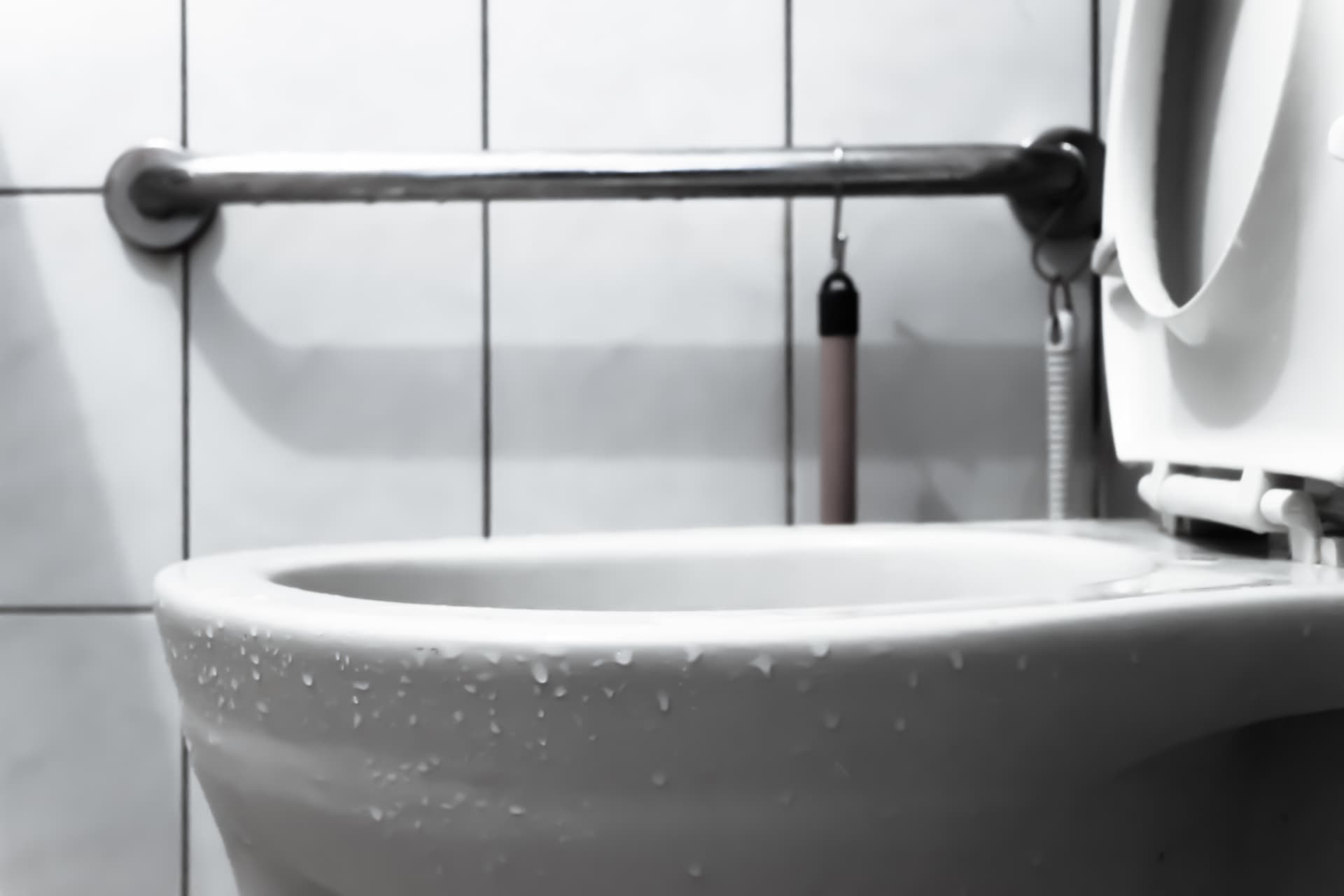
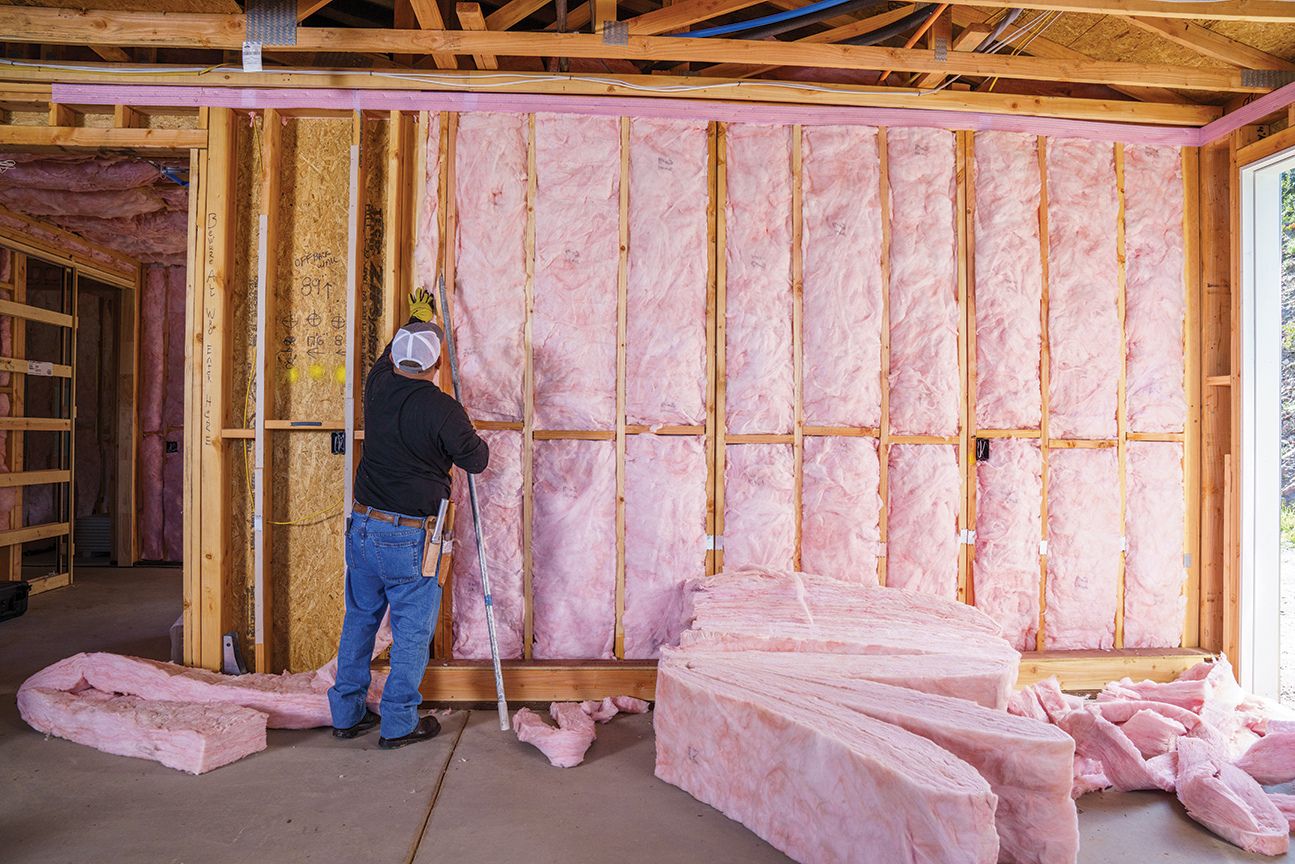
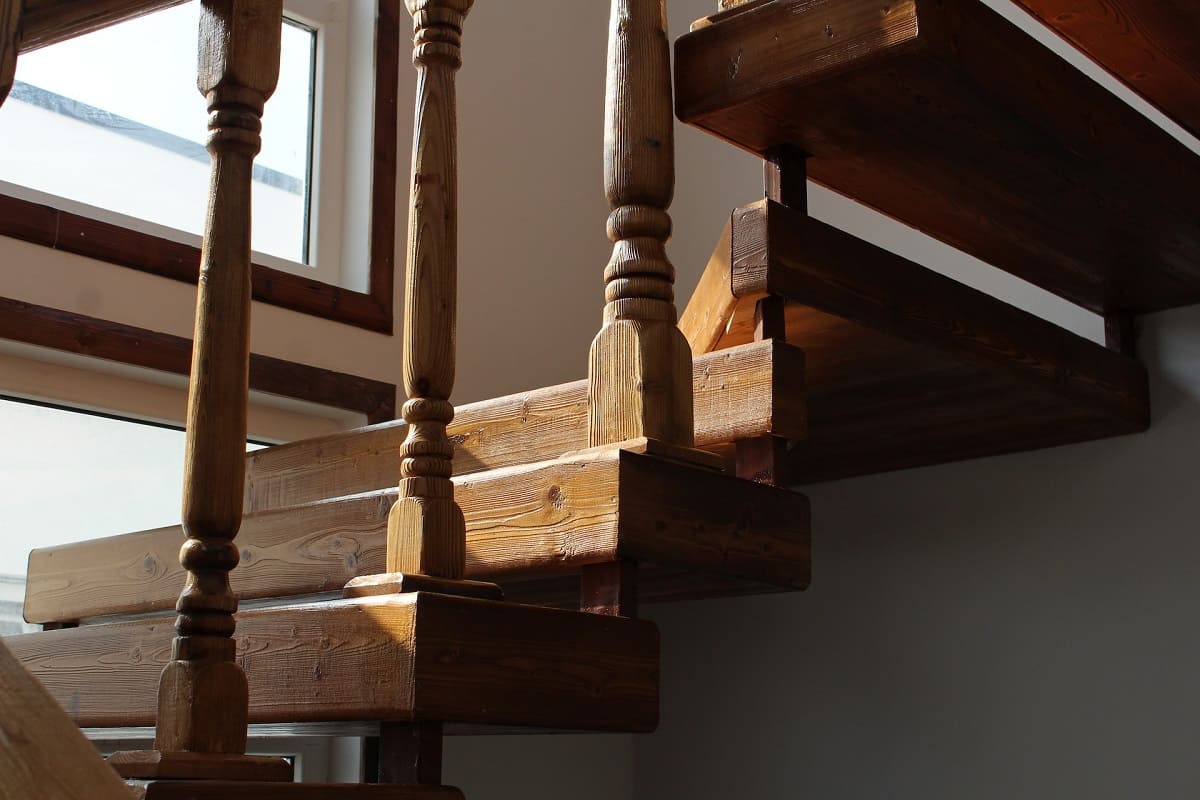
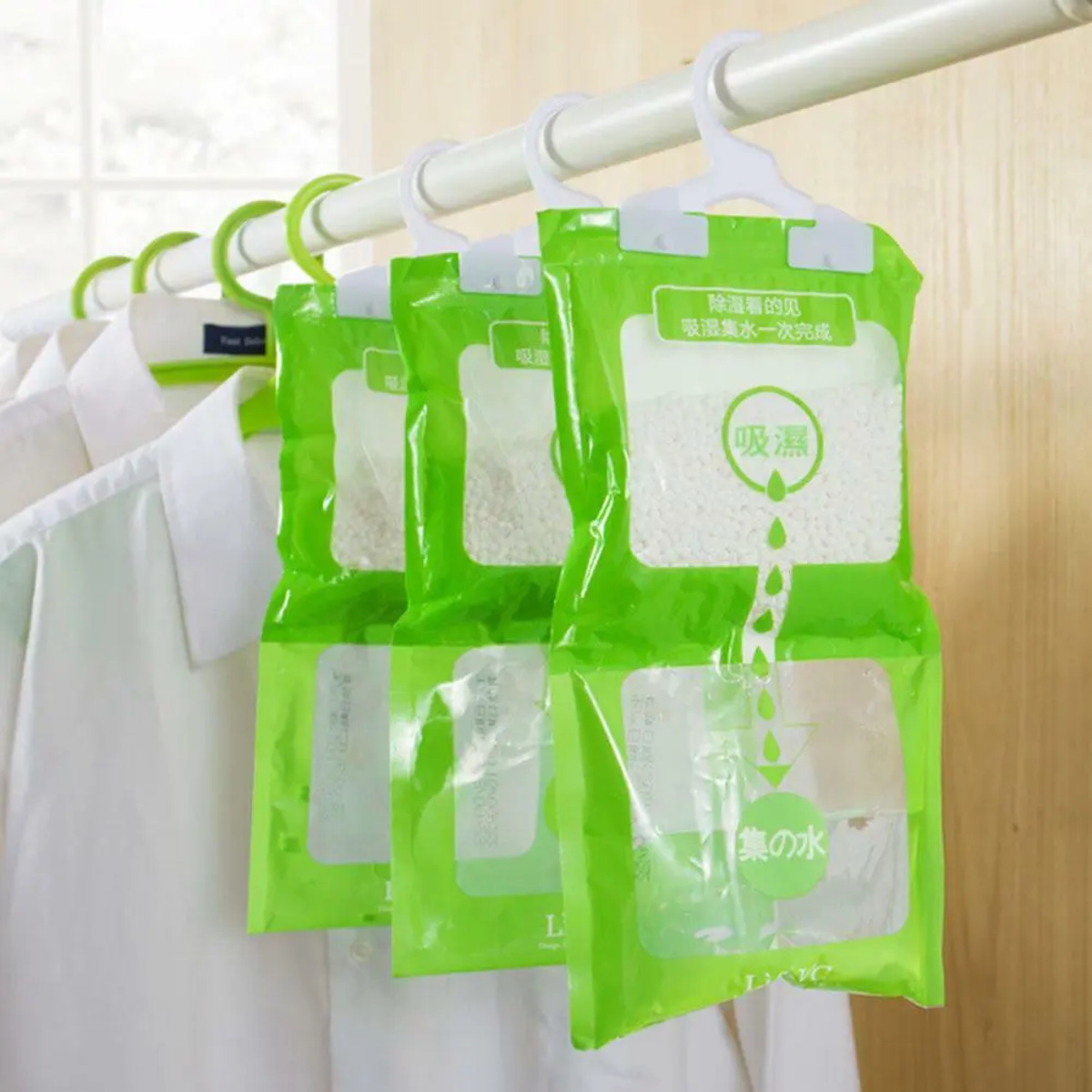
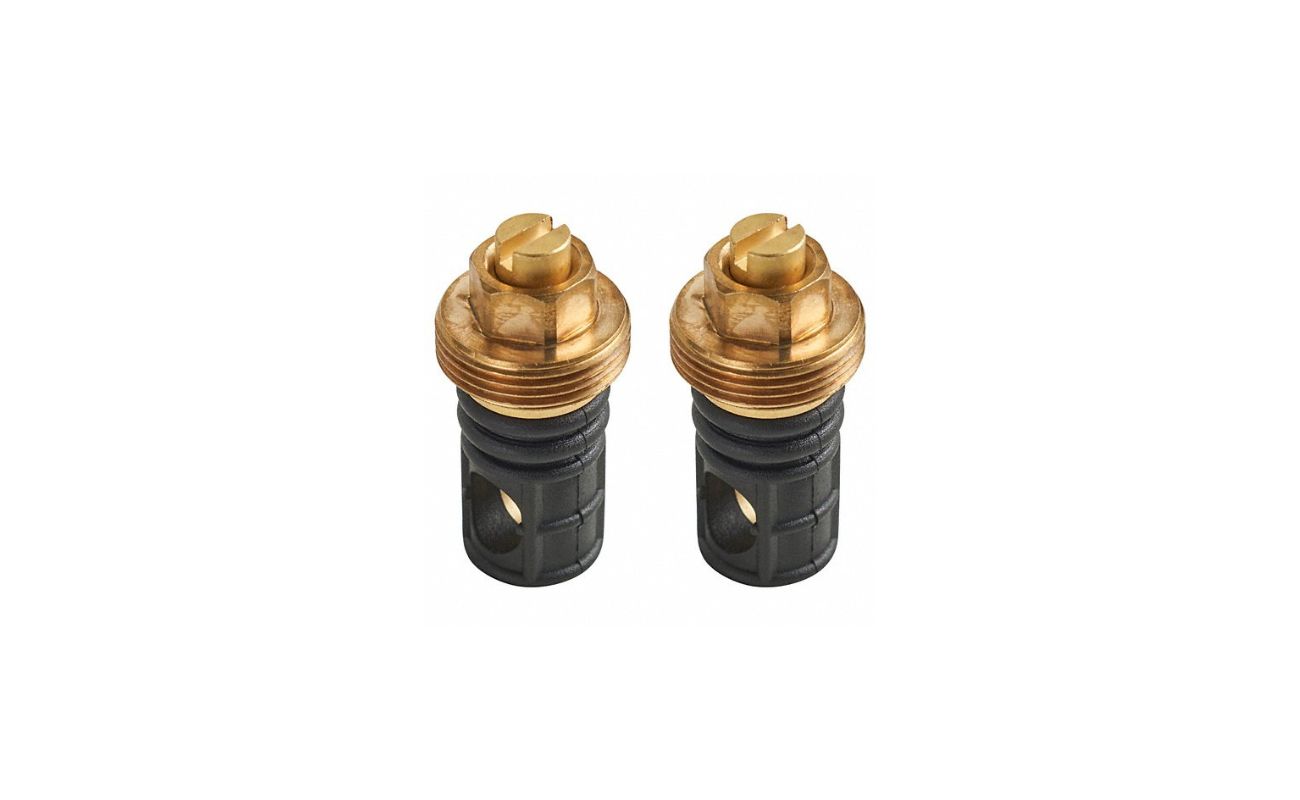

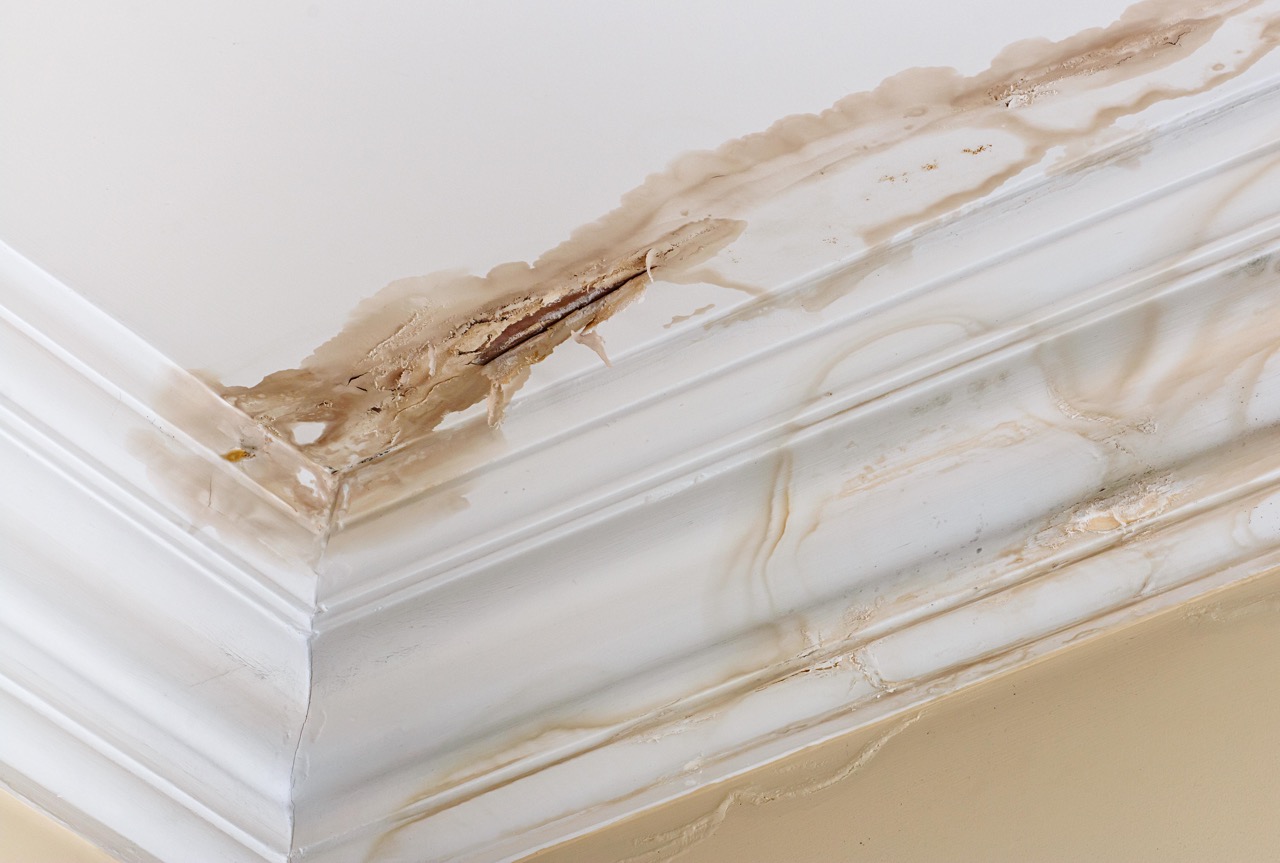

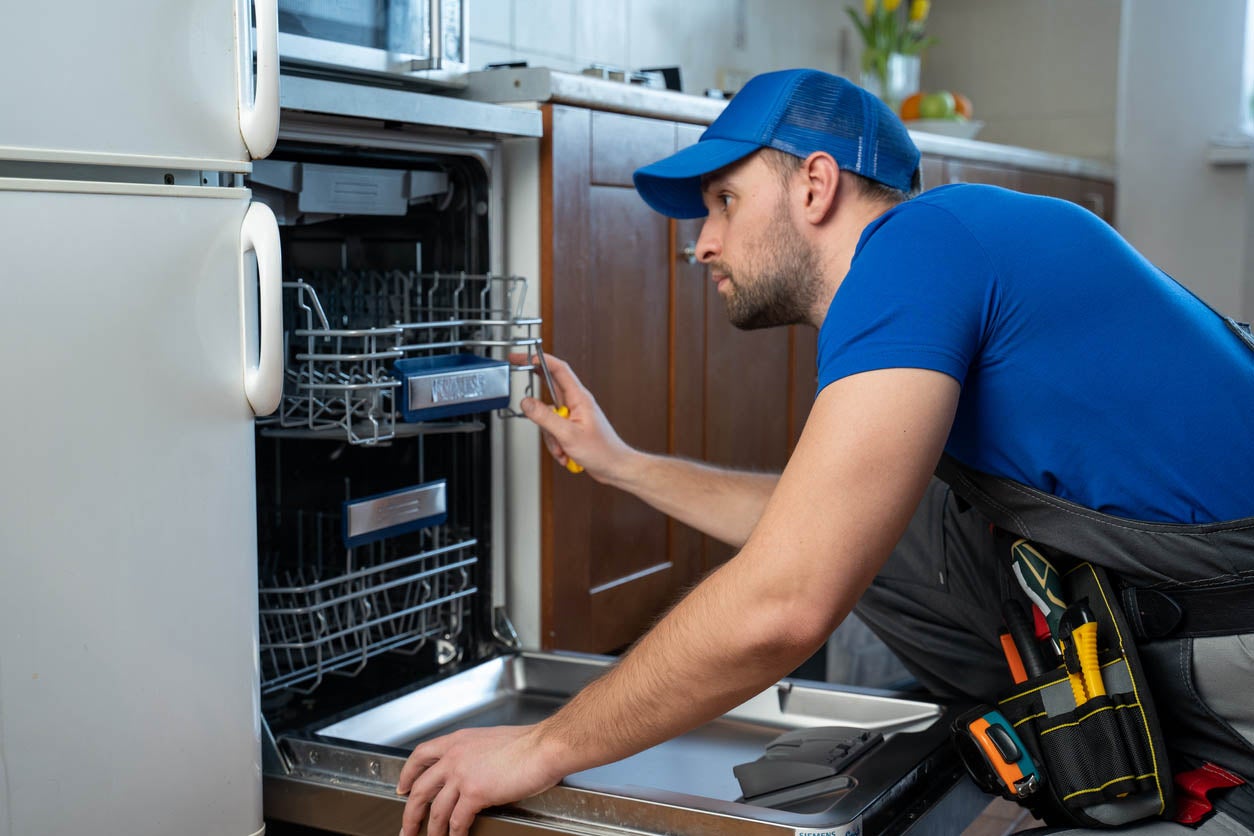
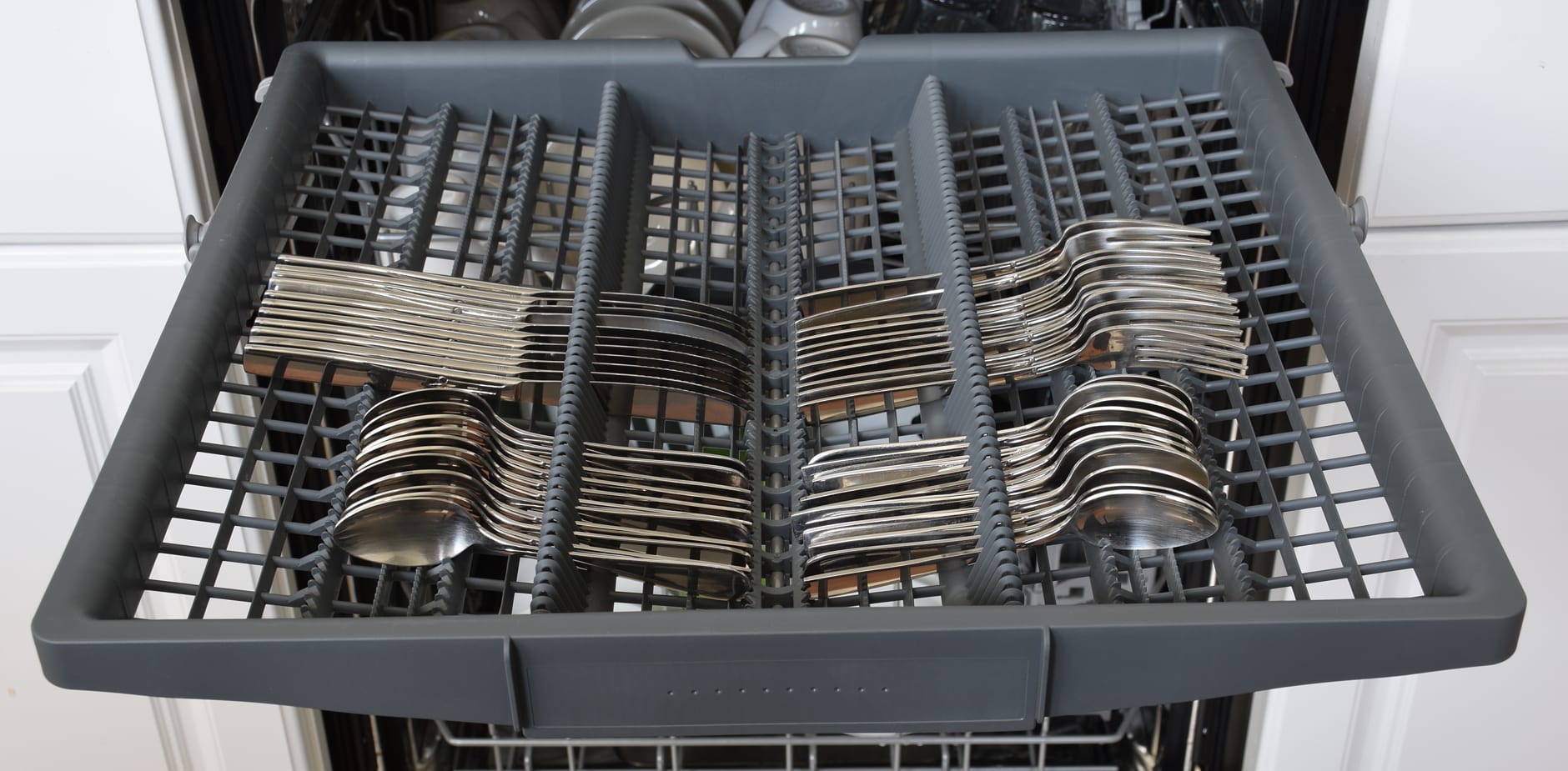
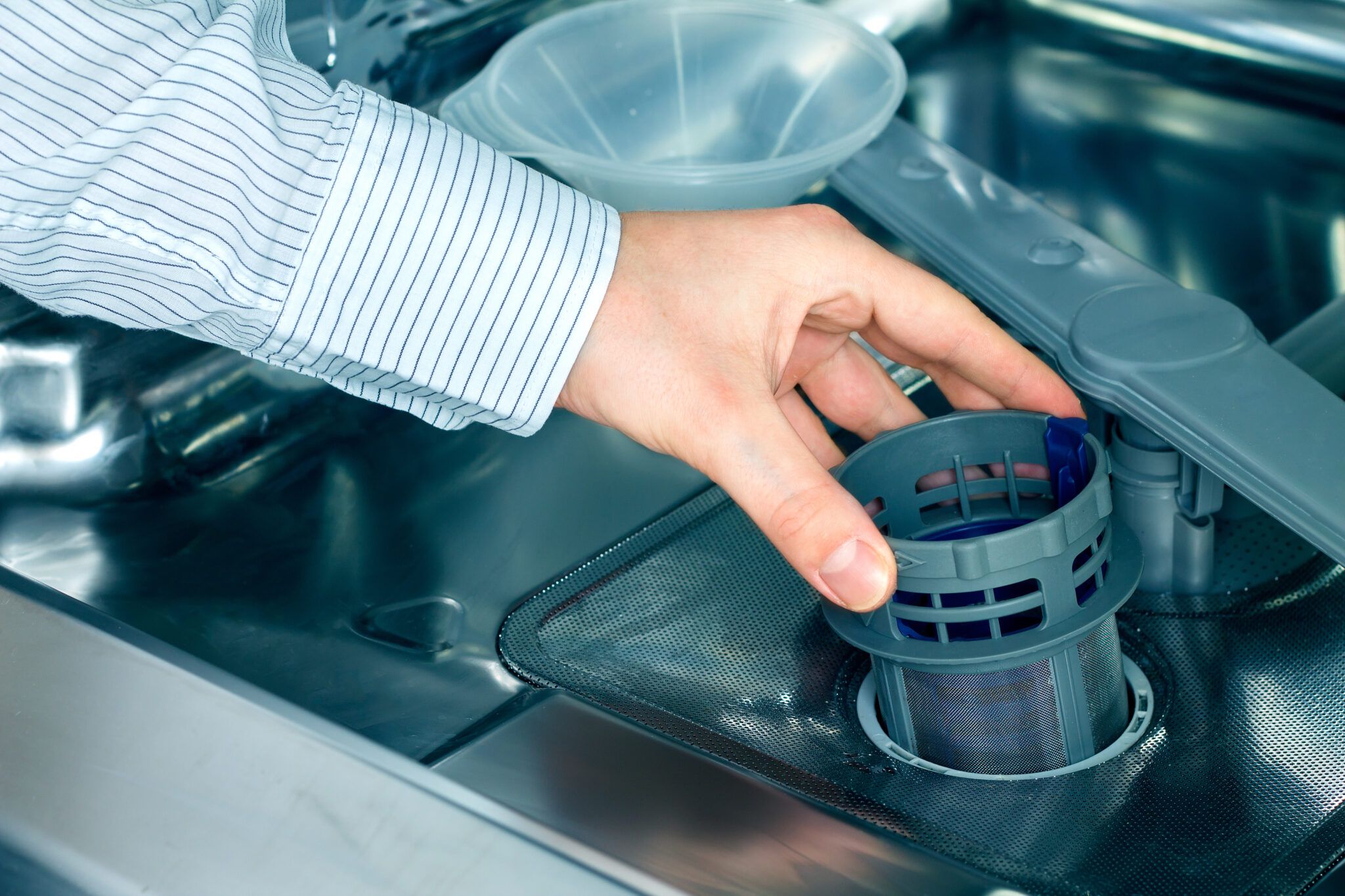
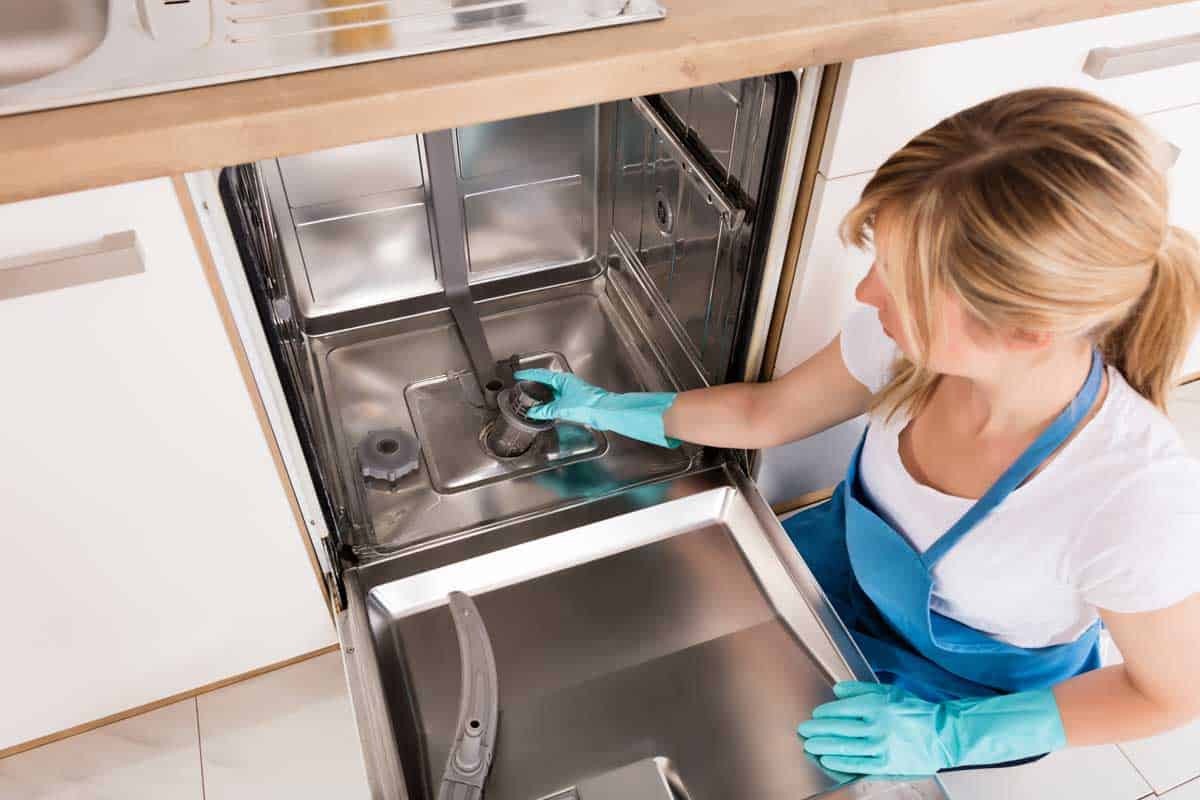
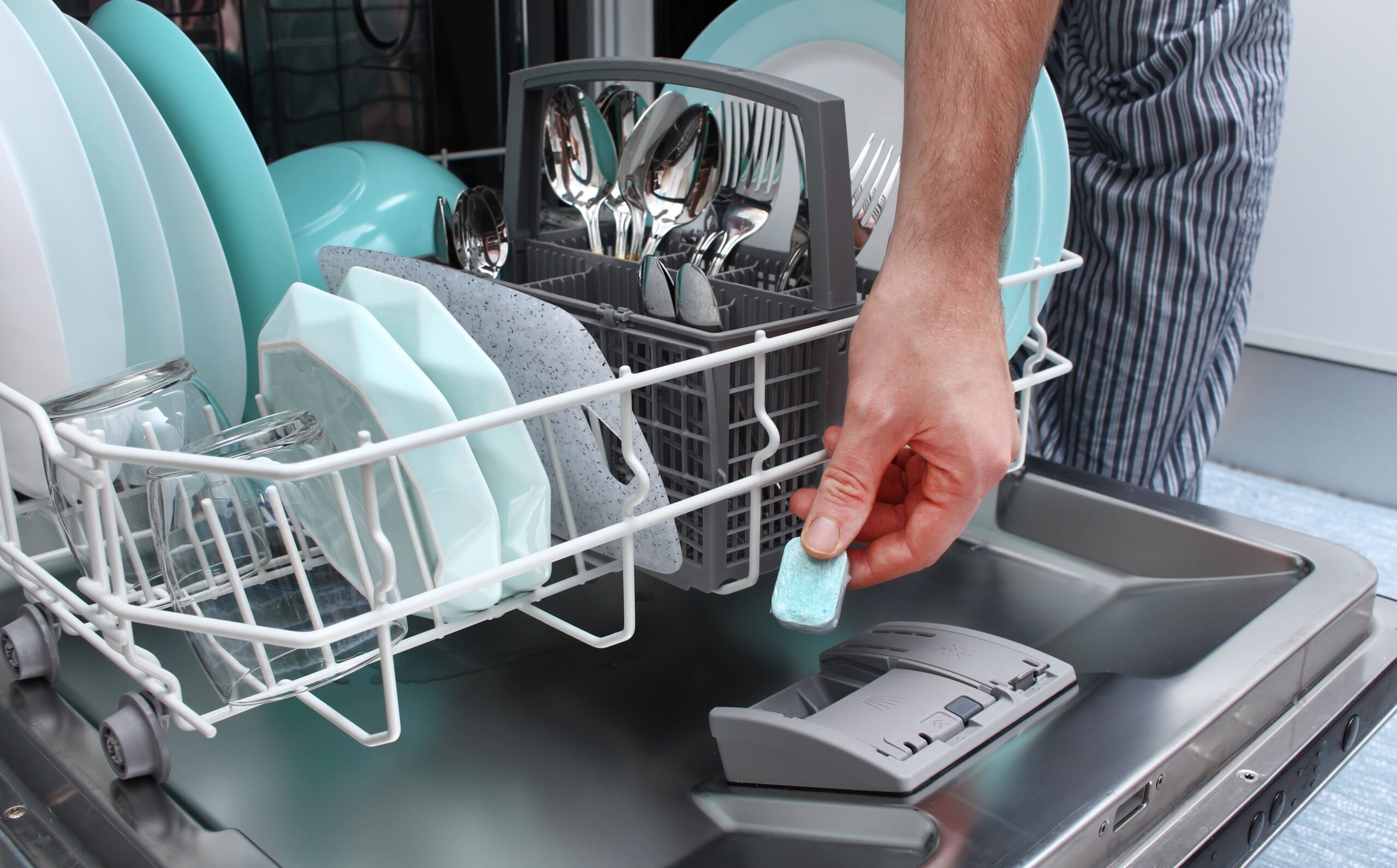

0 thoughts on “How To Stop Dishwasher”